For me, and millions of other people, running is more than a method for staying fit, it is a passion. We love to run and to maintain a regular running routine comfort is essential. Staying dry is so important the answer to the question “is moisture-wicking fabric good for running?” is unequivocally – Yes. In this article I will discuss how these fabrics work and how they truly offer an advantage for runners.
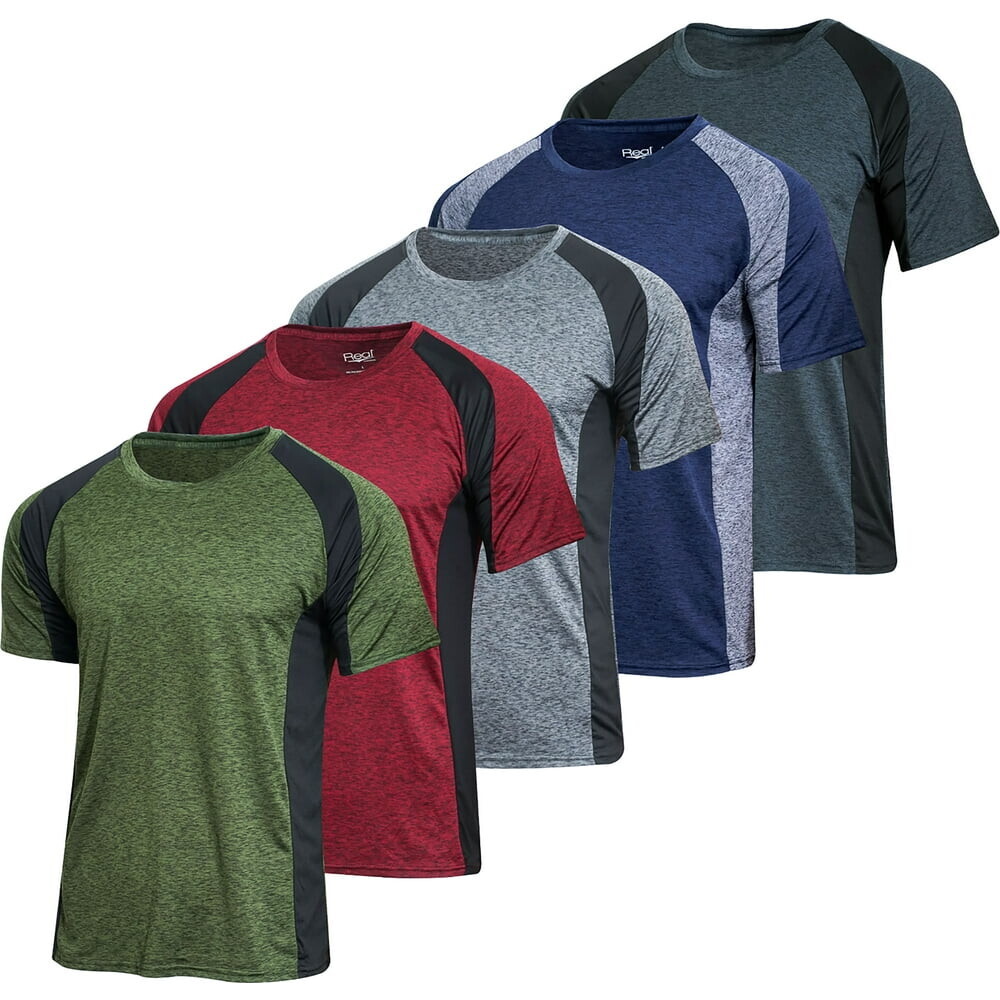
What Does Moisture-Wicking Mean?
Moisture-wicking fabric is made from specially blended materials with the ability to pull sweat and moisture away from the skin and transfer it to the outer surface of the garment, where it evaporates keeping you dryer and comfortable. The material is typically made from synthetic fibers like polyester and nylon that are very lightweight and structured with capillary properties and often special treatments or finishes.
Capillary action is created by tiny channels or spaces within the fabrics fibers that act like wicks drawing moisture away from the skin. Some fabrics use a combination of hydrophobic (water-repelling) and hydrophilic (water-attracting) properties. The hydrophilic layer pulls moisture away from the skin while the hydrophobic layer allows it to transfer to a typically large surface area helping it to evaporate more quickly. Two natural fibers, wool and bamboo also offer natural wicking properties unlike cotton, which tends to soak up sweat and hold onto it.
This moisture-wicking process is key to maintaining an even temperature during runs and any other exercise. With moisture moved away from the skin, the risk of irritation is reduced, and you spend less time distracted by discomfort. The technology behind these fabrics continues to improve as manufacturers test new blends and structures to offer runners better performance without the excess weight of moisture.
What Are the Benefits of Moisture-Wicking Fabric for Running?
Using moisture-wicking clothing while running offers several notable benefits.
*Dry and Comfort: Sweat is quickly moved away from your body, keeping you drier and more comfortable during runs or any physical activity and in hot weather.
*Temperature Regulation: The design helps regulate body temperature by allowing moisture to evaporate rapidly, keeping you cooler and preventing overheating during runs and in warm to hot weather.
- Reduced Irritation and Potential Risks: By avoiding a buildup of moisture against your skin, the fabric minimizes chafing – see more on chafing here – and skin irritation that sometimes occur with damp clothes. This is important in warm and hot weather as well as in cold or wet environments
- Reduces Bacterial Growth: By keeping your skin dry, moisture-wicking fabrics can help prevent bacterial and fungal growth that can lead to skin irritations like eczema and athlete’s foot, Additionally, many of these fabrics are manufactured with antimicrobial treatments that help keep odors in check even after heavy sweating.
The combined effect of these benefits is a running experience that allows you to concentrate on your performance without distraction or interruption. When your clothing works for you by managing moisture efficiently, it becomes easier to maintain a steady routine and a focused mindset.
Moisture-Wicking Fabric in Humid Conditions
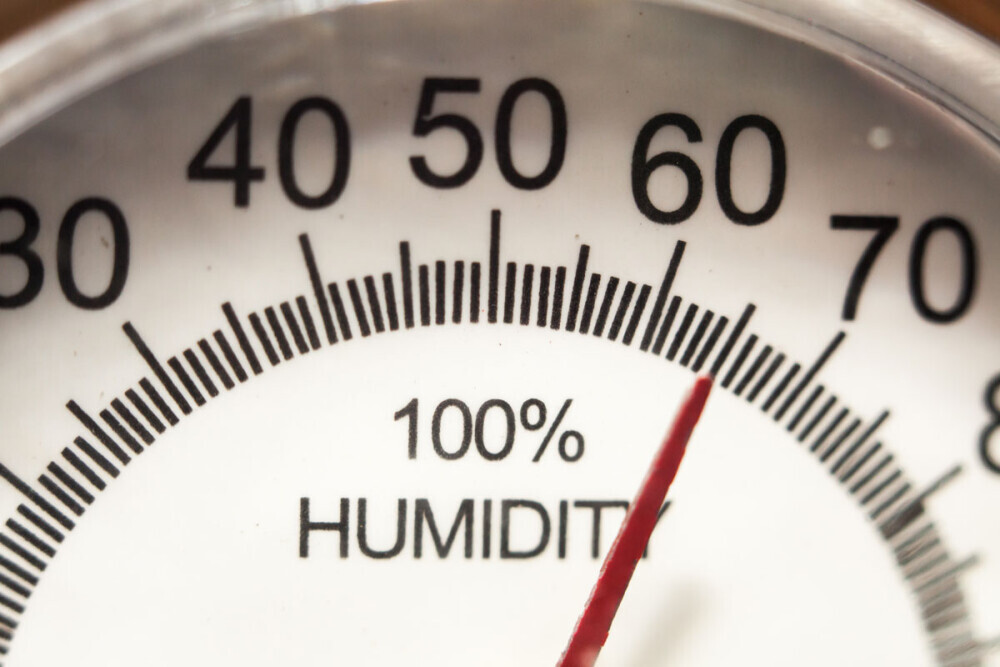
One common concern is how well moisture-wicking fabric works in humid weather. High levels of moisture in the air can slow down evaporation, which is the process our bodies use to cool and maintain temperature. However, even in muggy conditions, moisture-wicking technology will still improve the efficiency of evaporation.
In humid environments, while sweat may not evaporate as rapidly as it would in drier air, the fabric still moves moisture away from your skin. This helps prevent the fabric from clinging to you, which in turn reduces discomfort and chafing and improves airflow over your skin. I have personally experienced that even on very humid days, garments made with moisture-wicking fabrics feel lighter and keep me cooler compared to other materials I used to wear.
Developments in fabric design have focused on improving the capillary action, which means that even when evaporation is slower, moisture is distributed evenly across the outer surface of the fabric, making moisture management more effective regardless of the weather.
Cotton vs. Moisture-Wicking Fabric for Running
When it comes to activities involving sweat, like running, cotton is not ideal. The natural fibers in cotton absorb sweat and moisture quickly. Once saturated, the material holds onto moisture, making it heavy, clingy and awkward during a workout. Though some runners might still prefer a light cotton shirt when the weather is cool, when performance is the goal, synthetic blends usually provide a more efficient solution.
Does Moisture-Wicking Fabric Show Sweat?
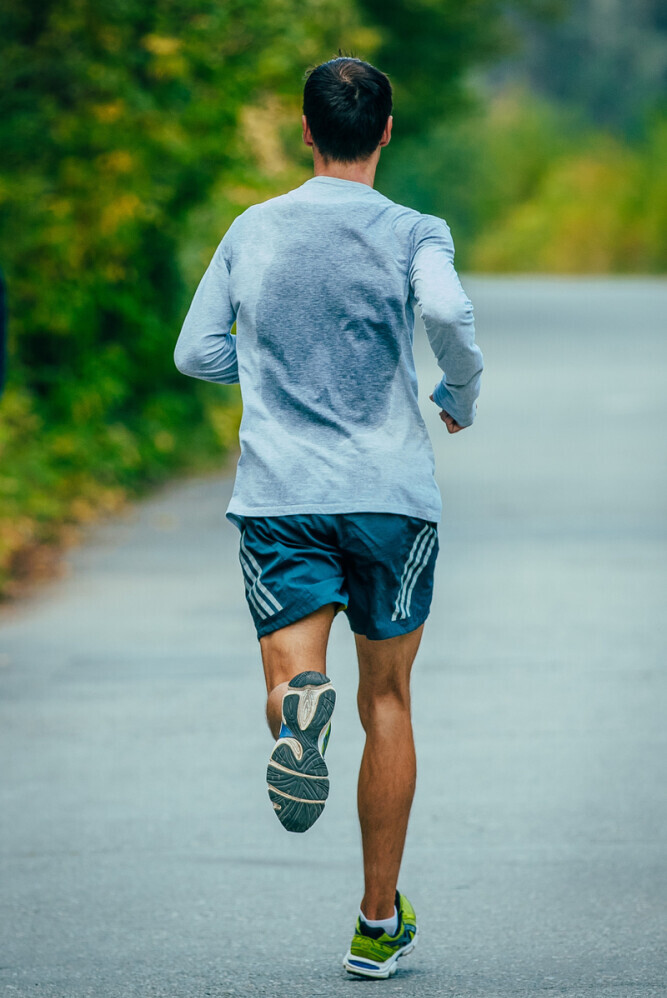
Since the primary function of these fabrics is to pull sweat away from the body, one concern is that sweat might become more visible or even cause the fabric to become transparent. Typically, well-made moisture-wicking apparel is constructed to disperse moisture evenly, which minimizes the appearance of wet spots.
The sweat does not accumulate in one area but is instead spread out over a larger surface area, making any visible signs of moisture much less noticeable. Although intense workouts might cause certain areas to darken slightly, the overall design of the fabric usually masks obvious sweat stains, allowing you to maintain a neat and clean appearance throughout your run.
Advanced Tips for Choosing Running Apparel
Consider these important points when selecting your running clothes:
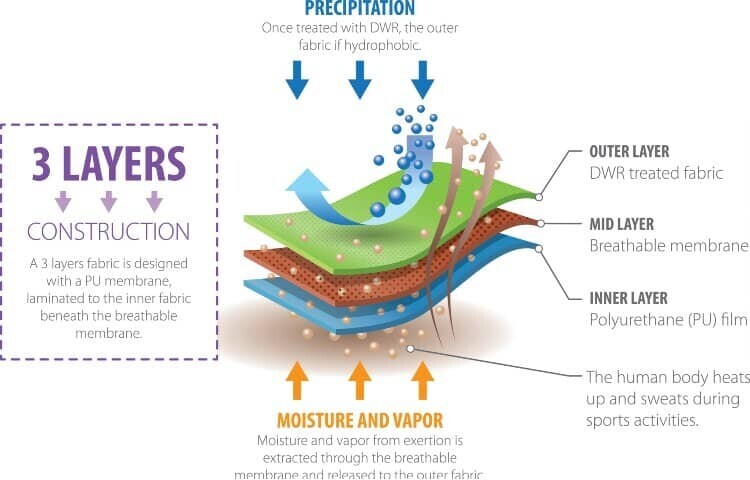
- Fabric Blend: Look for garments that incorporate synthetic fibers, such as polyester and nylon, which are proven to pull moisture away efficiently. Sometimes, a blend of these as well as wool (especially Merino wool) can also offer a bit of stretch and longer durability.
- Fit and Construction: Your clothing should feel snug but not overly tight. A proper fit ensures that the fabric to skin contact effectively moves moisture away from the skin without causing any binding or restriction during movement.
- Seam Placement: Minimizing seams can reduce friction and the likelihood of chafing, especially during extended runs. Well-placed and low-profile seams contribute significantly to overall comfort.
- Ventilation Features: Modern running gear often includes areas specifically designed for increased airflow. These ventilated zones help speed up evaporation and keep you cooler under demanding conditions.
- Durability: Running apparel is subjected to repeated washing and rough use. It is very important to choose fabrics that maintain their moisture-wicking capabilities over time, ensuring that your investment goes the distance.
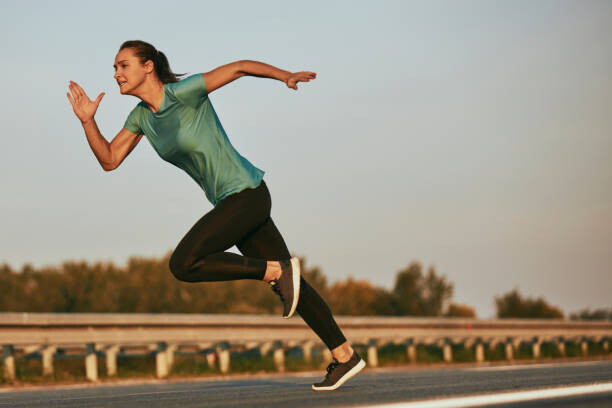
Final Thoughts
Moisture-wicking fabric offers many advantages that make it a smart choice for runners of all levels in all conditions. Its ability to pull sweat and moisture away from your body means you spend more time focusing on your run rather than on discomfort caused by damp clothing. Whether you are training on a cool morning or facing a humid afternoon, this technology works hard to keep you comfortable and more efficient.
Bottom line: choose running apparel that not only looks good but also performs well in all conditions. Every improvement, no matter how small, contributes to a better overall experience every time you hit the road or trail. Happy running and may all your workouts be fun and enjoyable!

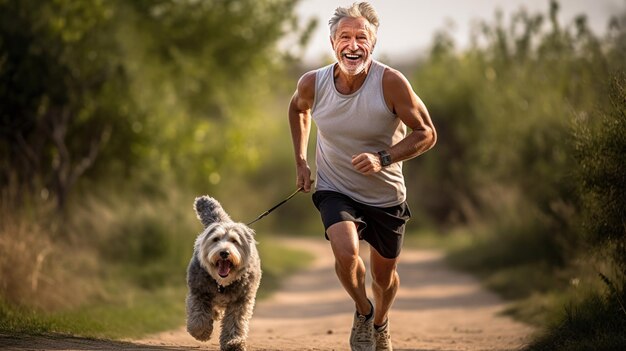
Great article! I found this really helpful, especially since my niece is a student-athlete who trains almost daily. She’s mentioned how uncomfortable cotton shirts can get during her runs—sticky, heavy, and sometimes even causing chafing. After reading your post, I’m seriously considering getting her a few pieces of moisture-wicking apparel to help her stay cool and dry.
I’m curious though—how well do these fabrics hold up in extremely humid climates like ours here in the Philippines? And are there particular brands or fabric blends that work best for younger athletes? I also wonder how their durability compares to regular cotton shirts, especially with frequent washing and heavy use.
Thanks again for the helpful info!
Hi Alice, Thanks for reading my article.
It has been my personal experience that these blended moisture-wicking fabrics do perform well in humid conditions. I am retired military; I have been a committed runner regardless of where I was stationed. I stick with my running routine no matter where I go. I have run in very hot and humid conditions.in the middle east (where I ran in the desert) and also in Guam, which has a similar climate as the Philippines. I would have to say the higher the humidity the less efficient the process of evaporation. Evaporating sweat is how our bodies reduce heat. In the middle east it was very hot but a lower over-all humidity. On Guam it was very hot AND humid, I encountered these same conditions in Thailand. In answer to your question, humidity reduces the efficiency of evaporation whether from the skin directly or from a fabric. But wearing moisture-wicking apparel improves this process by transferring the moisture to the outer surface of the fabric allowing a greater surface area and airflow through the fabric. These actions facilitate more efficient evaporation and therefore more efficient body temperature control. Does humidity effect the efficiency of this process? Yes. However, the higher humidity only makes the use of moisture-wicking fabric more important as it facilitates evaporation and wicks the moisture away for the skin. There is no downside to wearing these specialized fabrics.
There is no difference in the performance of moisture-wicking apparel related to age that I know of. It simply facilitates moisture evaporation for the young as well as the older runner. The differences your niece might consider are whether to run in loose or tighter running apparel. I recommend a fit that stays in contact with the skin, this is essential for the fabric to uptake the sweat, while still being relaxed enough to allow air ventilation and ease of movement. And of course, style. we all like to look good.
Regarding the durability of moisture-wicking fabric compared to cotton the moisture-wicking fabric is unquestionably more durable. Almost all are constructed from a blend of polyester and nylon, so these fabrics are far less likely to disintegrate or “pill” the way cotton fibers due. The moisture-wicking fabric can sometimes be blended with Merino Wool, so be sure to read the label tag. I will add that as with all products there are higher and lower qualities to choose from. Some will hold their colors better than others. Finally, I strongly recommend you look for moisture-wicking blends that employ anti-bacterial designs, this will help reduce the possibility of odor and staining.
Thanks again for reading my article and I hope this has been helpful. I would like to visit your beautiful island country and run there too!
This article does an excellent job highlighting why moisture-wicking fabric is a game-changer for runners. As someone who runs regularly, I can personally vouch for how important staying dry and comfortable is during any workout. The explanation of how moisture-wicking fabrics work—drawing sweat away from the body and promoting faster evaporation—is clear and informative. I appreciated the comparison with cotton, which many runners (myself included) quickly learn is less than ideal once it becomes soaked and heavy. The breakdown of benefits—especially reduced chafing, better temperature control, and even odor resistance—underscores how much thought goes into modern running gear. I also found the section on performance in humid conditions particularly helpful, as this is often where comfort can be compromised. Overall, the article provides valuable insight and practical tips for anyone looking to improve their running experience through smarter apparel choices. Moisture-wicking fabric truly is a must-have for serious runners.
Hello Andre,
Moisture wicking technology is an interesting topic in itself. I have been a runner for about 50 years, and I agree, this newer apparel technology is a big improvement over my cotton T-shirts and tube socks. LOL.
Kevin